You’ve just been told to “create a report, or something, about customer experience.” You have a bunch of various reports, credentials, and printings, in all formats in the world, lying in front of you. Needless to say, you may have no idea what to start with. Creating a customer experience report is easy when it’s an aftermath of effective customer experience analytics. Setting it up will streamline the process in the long run, so it's worth the effort.
Analytics, though, is what’s often dreading for marketers. Today, we’ll show you how to tackle it – so you’re well-sorted with customer experience analytics from day one.

What is customer experience analysis?
In short: customer experience analytics is the process of tracking and analyzing customer data. In general, CX analytics is intended to help businesses better understand customer needs, expectations, and perspective—for uses in marketing, service, and product development. Tracking customer experience analytics is important for quite a few reasons and for your B2B customer experience in general.
- The CX Management market in the US reached $2.9B in 2021 and is expected to grow 15.3% every year from 2022 to 2030. (Grand View Research)
- 73% of consumers say that CX is a deciding factor when making purchase decisions. (PwC)
- 65% of all consumers find a positive experience with a brand to be more influential than great advertising. (PwC)
First of all, it’s another set of customer experience metrics showing you how you’re doing and how to transform your customer experience performance across various platforms and across your customer experience lifecycle.
Secondly, happy customers are more likely to stay loyal to your business and to recommend it further to others. No proper customer experience analysis, means a guesswork for you. You have no idea about customer satisfaction or no data to back it up. Thus analyzing data can gives your business new perspectives and improves its bottom line.
Customer experience analytics can show you:
- Where and why your customers churn
- How satisfied your customers are with shopping with you
- What the biggest bottlenecks in the purchase process are
- Whether a new CTA brings desired results
and a billion other things that could, and should, be improved in your business. Without CX analytics you can only guess… and start blaming that tiny red button on the homepage that doesn’t bring the desired conversion rate.
All problems come down to that, right?
Top customer experience metrics to track
Customer experience comes with an array of metrics and indicators you may want to track, in less or more detail. Starting tracking all of it at the same time, without preparation, may result in an analytical disaster that will successfully put you off from ANY analytics in the future. And you probably don’t want to sink. What valuable CX metrics you may want to start with?
Net Promoter Score (NPS)
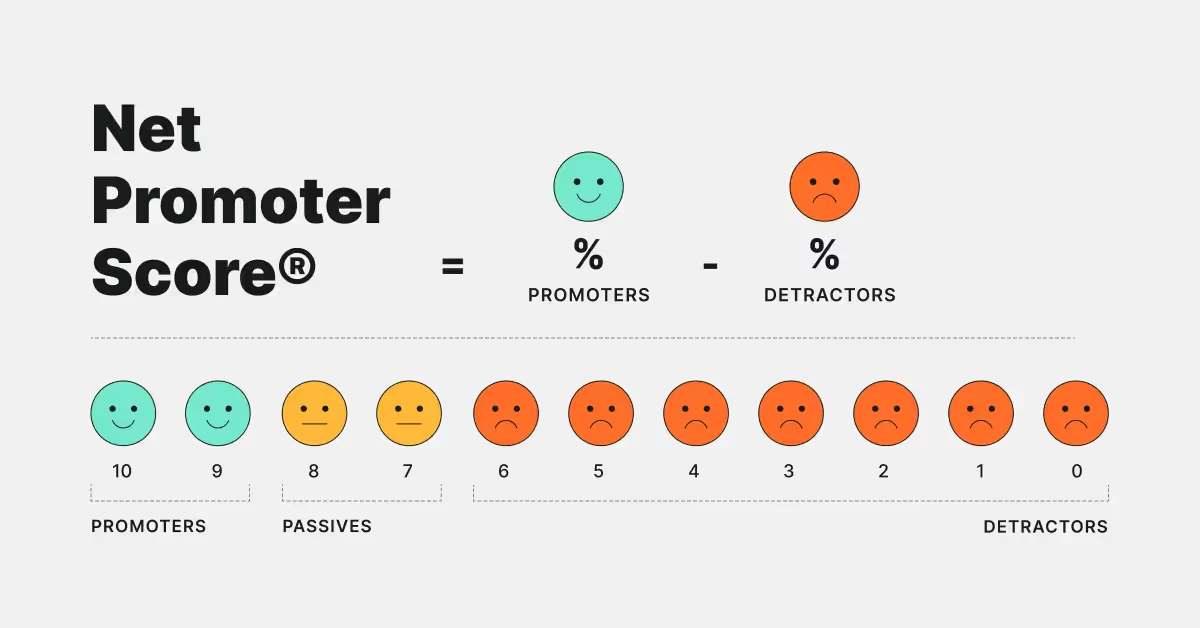
Net Promoter Score (NPS) is a customer loyalty metric that measures how likely customers are to recommend your business to others. NPS takes the entire experience into consideration. You don’t ask your customers about elements of your offer, but about their overall experience. If you do a good job here, you should sleep well waiting for the results. If customer experience is a rather slippery slope, your NPS will be the best reflection of that.
While there are many methods you can use to calculate Net Promoter Score, doing it with Survicate is extremely quick and effective - you can even use an NPS survey template for a quick start.
Here you can find more about NPS ➡️ What is Net Promoter Score? 2022 Guide to Top NPS Surveys
Customer Retention Rate

The customer retention rate measures how many customers continue to do business with you after their first purchase.
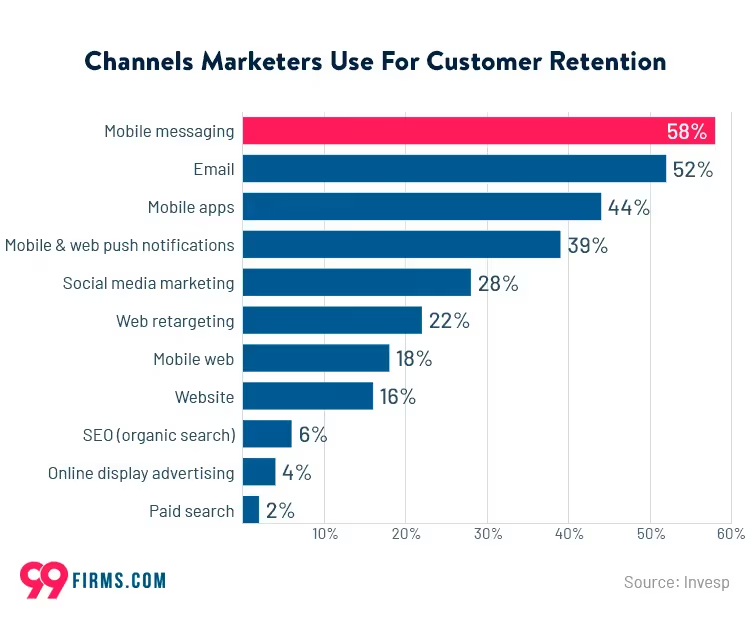
In other words, this metric tells you if you meet their needs enough to keep them coming back. If not, they’re likely to switch to competitors.
Customer Churn Rate

The customer churn rate is the percentage of customers who stop doing business with you over a period of time. Your high customer churn rate can be an indication that there is something wrong with your product or service, or the overall experience, and you should investigate the cause.
Conversion Rate

Conversion rate is the percentage of visitors/viewers who take the desired action, such as making a purchase. It shows you what activities to either focus on or remove from your customer experience strategy.
Customer Satisfaction Score (CSAT)

A customer satisfaction score (CSAT) is another customer experience metric to measure how satisfied customers are with your business.
❗️ It's important to note that customer satisfaction and customer loyalty are not the same things. A customer can be satisfied with your product but not loyal to your brand. Nevertheless, a high CSAT score is usually a good sign that customers are pleased with the overall experience you deliver.
First Response Time
FRT = time of ticket submission ÷ time of first response after ticket submission

First response time is the amount of time it takes to respond to a customer's initial contact. Today, clients expect you to pick up the phone straight away and resolve their requests in seconds. That is what’s not always possible – but shortening your First Response Time definitely is, at least if you want to improve CX.
Customer Lifetime Value

Customer lifetime value (CLV) measures the total amount of money a customer is expected to spend with your business. CLV shows you how much revenue you can expect to generate from each customer in their “lifetime” with you. A high CLV means that they like the experience enough to keep boosting your business with money. A low CLV, well, gives you food for thought for improving the experience you deliver.
How to analyze customer experience
Slow and steady wins the race. The same goes for customer experience analytics. It’s not a one-off task you offload quickly – it’s a process that, whether you want it or not, you’ll have to overlook and optimize your customer experience. Regularly.
That is why you should:
- Start with a small data set: it is easier to work with a smaller data set when you are just getting started. That’s a common rookie mistake to analyze too much in a too short time. You can always add more data to your analysis later.
- Focus on one metric at a time: don’t try to analyze everything at once. Choose one metric to concentrate on and then expand from there.
- Make sure your data is accurate: before you start analyzing all your data, verify its accuracy. You don’t want to dig into data that is wrong or mismatched from the start.
- Visualize your data: customer experience analytics is more than just numbers. Visualizing all the data can help everyone involved in the process understand the state of CX and the necessary steps to take.
These all are little things you should do before you dive into analysis. And, as with any analytics tools, customer experience analytics only works if you know how to use it correctly. What are some easy ways to start?
#1 Use data to create a personalized customer experience
80% of customers are more likely to buy from a company that provides a tailored experience. (Slideshare)
Personalization is this spark that can set you apart from competitors. And data can help you light it up. Consistent customer experience analytics lets you get to know your customers better by understanding their needs, preferences, and expectations. Thanks to that, you can offer them a more personalized experience that won’t go unnoticed. How do customer experience analytics go hand in hand with personalization?
Better segmentation
To successfully tailor experiences, you need to know whom you create them for. With customer data (e.g. survey data), such as demographics, behavior, devices, or preferences, you can group and serve your audience some personalized content. You often have that data handy, you just need to analyze it.
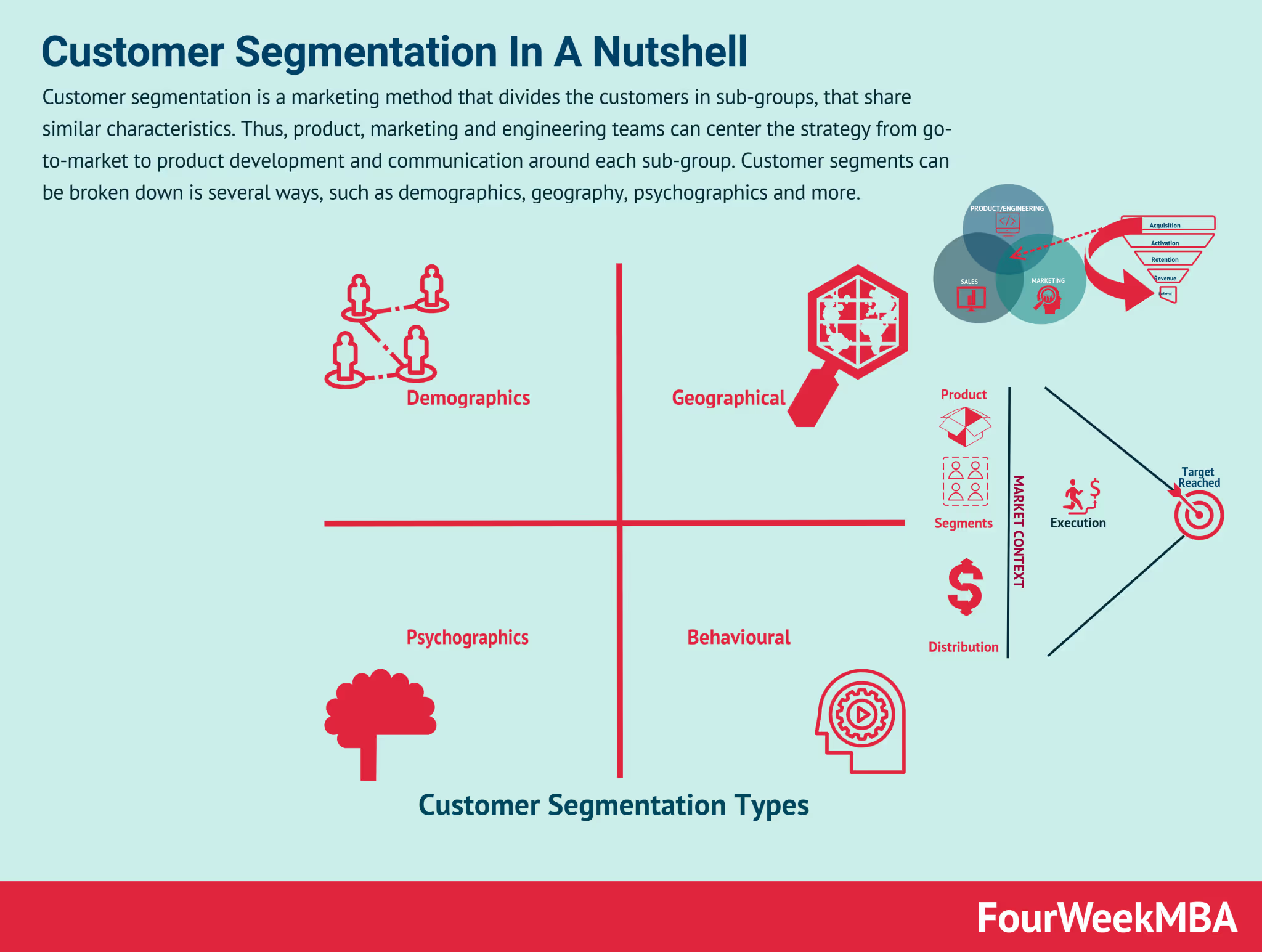
Then, you’re able to create segments, craft messages, and customize the digital channels you use for reaching out. So, for example, if you know a customer just made a purchase, you could send them a message thanking them and suggesting similar products they might like.
Or, if you have a group of customers who rated your mobile app low in your latest NPS survey, you can send them a push notification in the mobile app asking for more details. You can even create a fully mobile survey. By tailoring the customer experience to the individual, businesses can show that they truly value their customers and are willing to go the extra mile to meet their needs.
More improvement insights
Use customer experience analytics to understand how your customers interact with your brand. Getting to know their behaviors better can help you identify any pain points and optimize the customer experience accordingly.
For example, you can connect the survey data (qualitative) with quantitative data from your favorite analytics tool, like Google Analytics—and easily combine the two together to really get the 'why' behind user behavior.
#2 Identify your best customers and turn them into brand ambassadors
Natural brand ambassadors are a huge blessing for each company. The purpose of brand ambassadors is to, obviously, promote your brand. They can be your employees, affiliates, business partners, or… customers. Yes, you’ve heard it right. Customers. Customers can often go above and beyond to spread only good words about your brand. They tell their friends and family about your product, they post positive reviews online, and they share their experiences.
But only when they get a flawless customer experience from you first. And only when you have data you can act on to identify, involve, and reward customer evangelists. How to find brand ambassadors?
With customer experience analytics. Customer data helps you uncover patterns and trends in customer behavior. To get this data and draw conclusions, you need customer experience analytics. This will help you to pinpoint the customers who have had the best experience with your brand – they are most likely to be loyal, and enthusiastic about recommending you further. In practice, looking for brand ambassadors using customer experience analytics involves checking:
- the length of time customers have been loyal customers
- the number of times they have interacted with your brand
- the channels they use to interact with your brand (e.g., social media, in-store, online or omnichannel)
- the sentiment of customer interactions (e.g., positive, negative, neutral). Social listening tools detect the customer sentiment of all your brand's mentions and can streamline this process for you.
Having collected all CX data, you can narrow down a list of potential brand ambassadors and use it for marketing activities.
#3 Fix your weak points to reduce or improve metrics
No matter what industry you’re into, there is always a set of metrics you should be looking for either reducing or improving.

With customer experience analytics, it creates a kind of vicious circle. You need data from customer experience analytics first. You need to see what makes people click, and what makes people sick. Then, you need to act on that operational data sources to improve or reduce the customer experience metrics of your choice. And then, you need to verify customer experience analytics again to see if you’ve improved.
There are some most common flaws that impact customer churn and lifetime value, so pay particular attention to them during customer experience analysis:
- customers have to contact support too often
- there are too many steps in your checkout process
- your onboarding process is confusing
- hidden fees or unexpected charges
- flaws or problems with the product itself
- unhelpful or unprofessional service representatives
If you identify the problem, you can take steps to improve the overall customer experience. But again, to do it, you need CX data – flowing directly from customer experience analytics.
#4 Set up a customer feedback survey
You can get both qualitative and quantitative data within your customer experience analytics. And you can get both with Survicate – the survey software that lets you gather data by collecting “verbal” feedback as well as numbers. Plus, it integrates with a number of other business tools, such as email marketing tools or CRMs.
In Survicate, you have many different survey templates available: CSAT survey, 1-to-10 rating scale survey, post-purchase survey template, and many many more.
By surveying customers after they interact with you, you can get actionable insights into what’s working well and what isn’t. To make the most of customer feedback surveys, ask the right questions and give respondents an easy way to answer them – no matter their location or used devices.
What is the best way to create a survey that converts?
- Keep your survey short and focused. Long surveys are likely to lead to low response rates.
- Ask questions that will help you understand the customer’s experience, such as how satisfied they were with the interaction and whether their issue was resolved.
- Make it easy for customers to leave feedback by providing a link to the survey in your customer service interactions and follow-up emails.

A closer look at customer experience
CXA is an essential tool for businesses that want to stay ahead of the competition and keep their customer happiness at a high level. So don't be afraid to take a close look at your customer experience analytics – it could be the key to unlocking your business growth.
The best way to get started is to use a reliable tool for collecting customer feedback. Try Survicate for free today and get one step closer to becoming a customer experience analytics expert!








.webp)
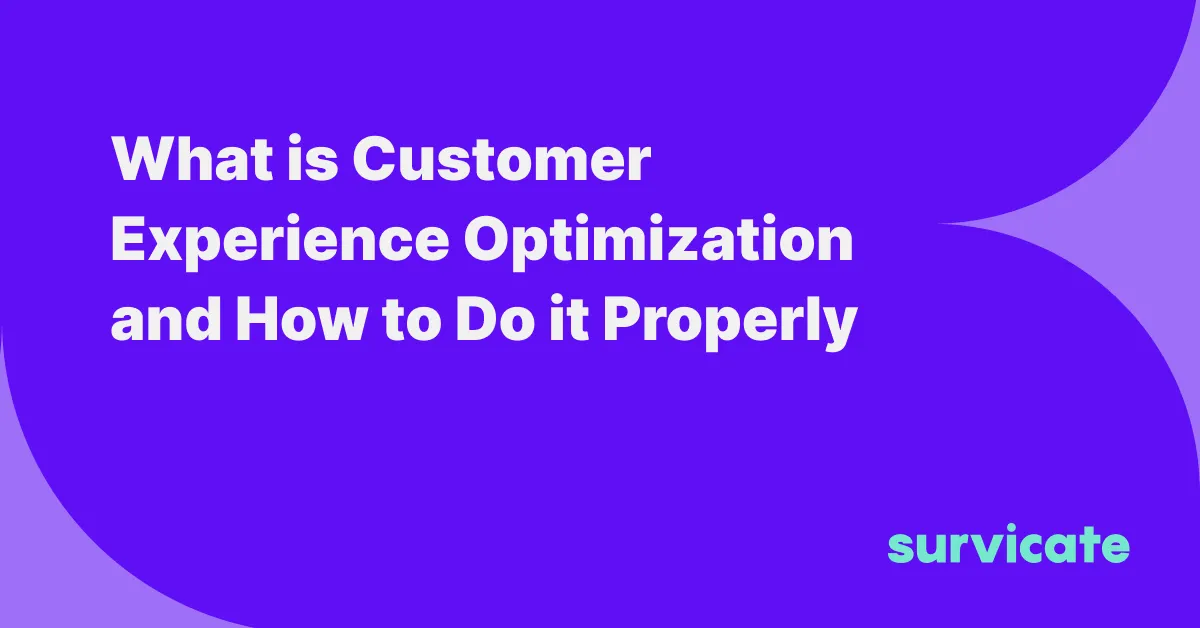

.webp)
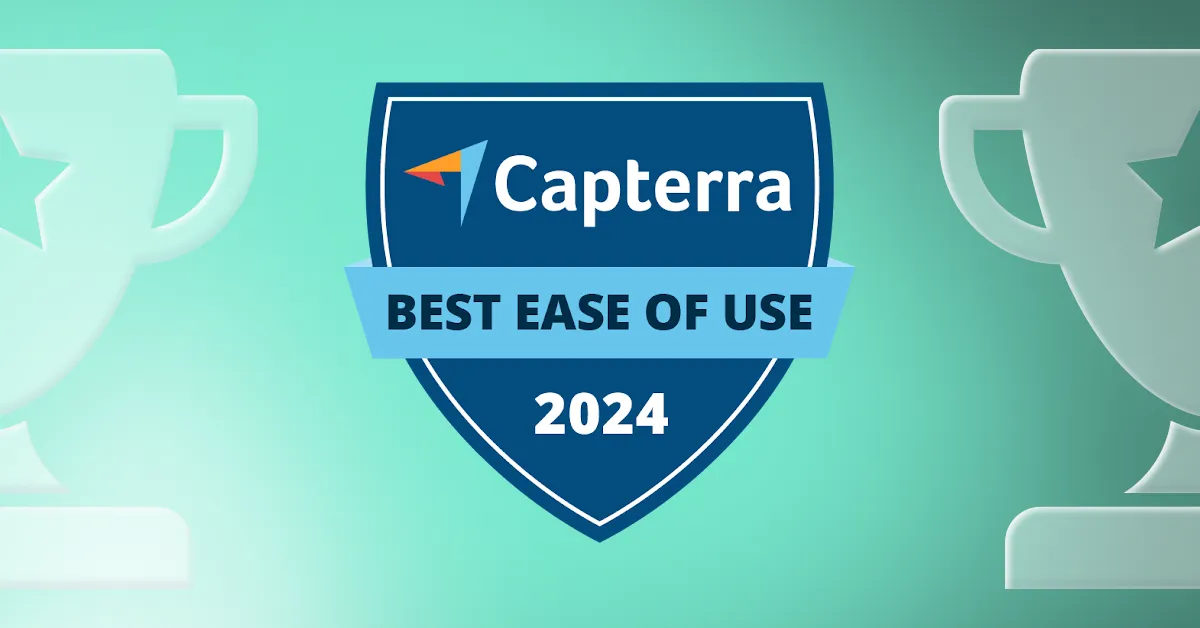

.svg)

.svg)



